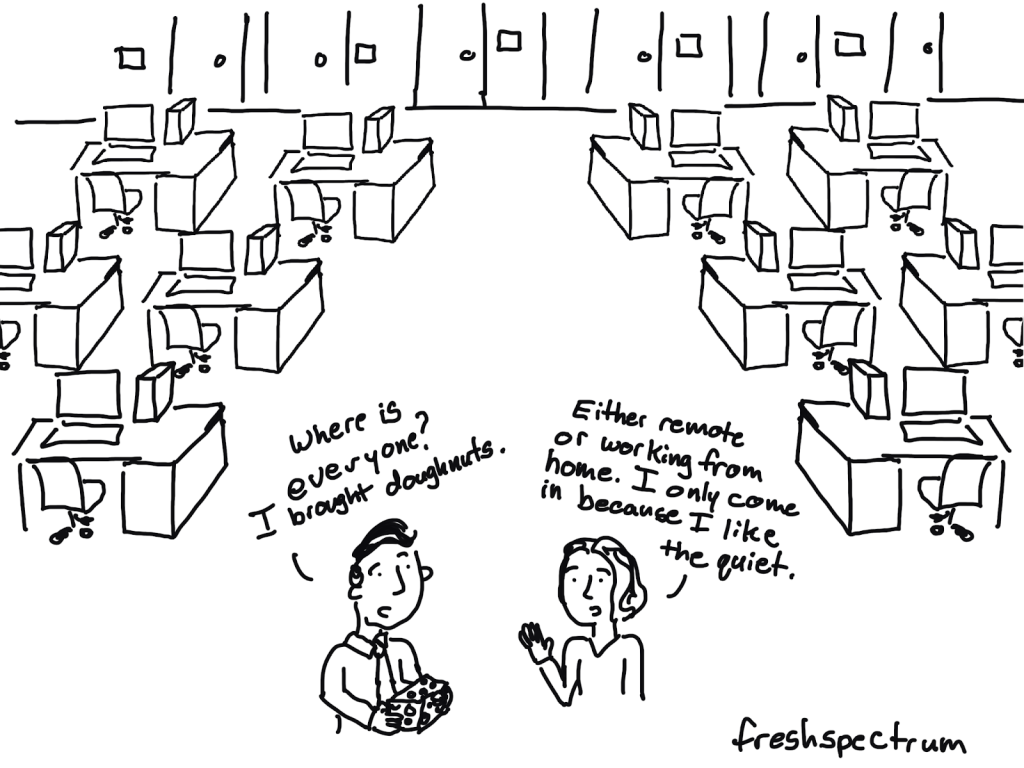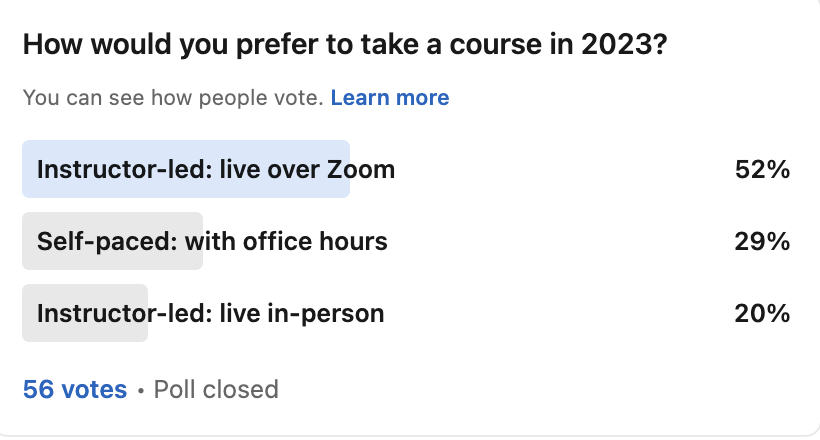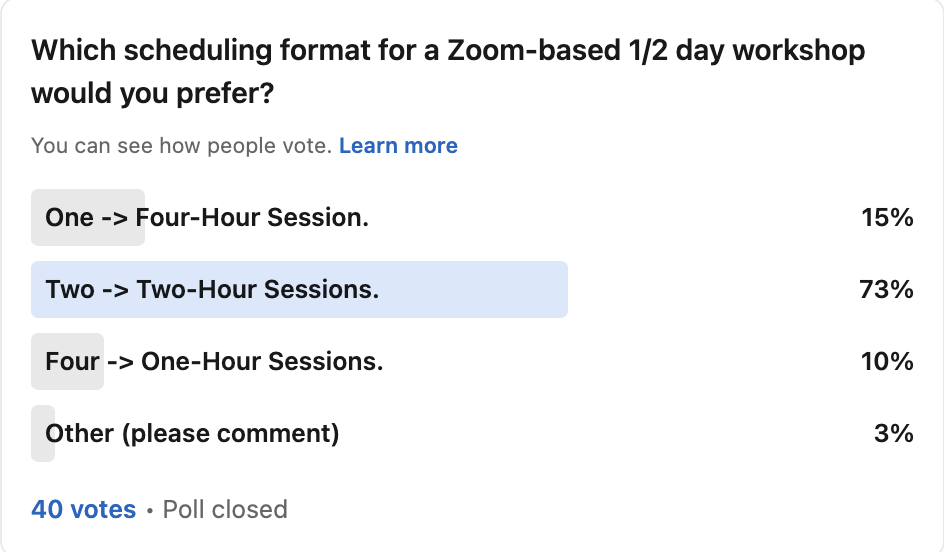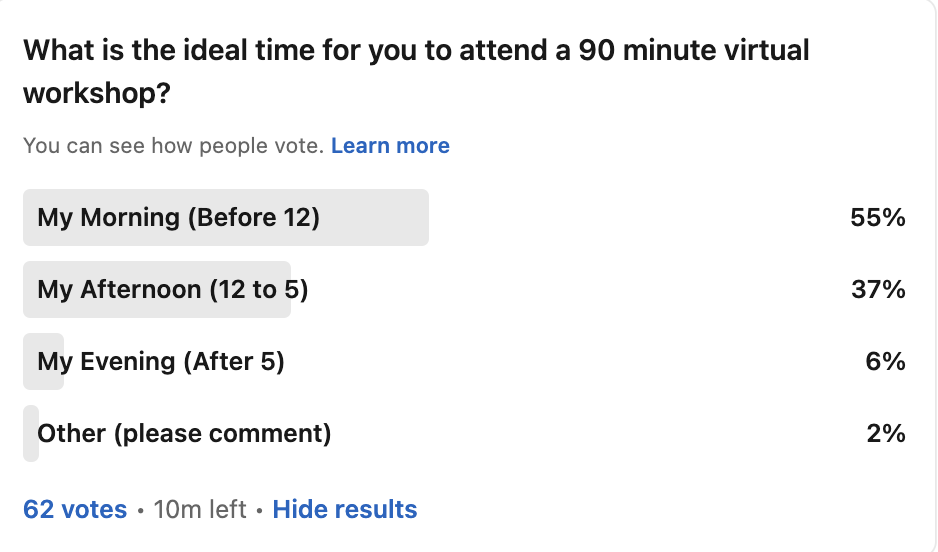This is an Eval Central archive copy, find the original at freshspectrum.com.
I launched my first online workshop in late 2015.
I had this idea that it would be best to start, whether or not I had everything ready in advance. And as we went, I would listen to the needs of participants and respond with lessons and activities. It was messy and a bit disorganized.
And for awhile, I think that was fine. There wasn’t as much competition or sophisticated easy-to-use learning management software. Most workshops were still very much live in-person events, and simply teaching workshops online was new for many.
But times change. And if we would like to stay relevant, so must we. I’ve spent the last few months exploring changing workshop needs. In today’s post, I’ll share a bit of what I’ve learned.

Lesson 1 – For someone with expertise to share, webinars are still the standard.
Early days of the web, most virtual trainings in the data world were live webinars. Then, as time progressed, there were more and more opportunities to create and share self-paced courses.
This is certainly what I shifted towards, offering self-paced courses along with live office hours. But whether or not we’ve swung back to a preference for live webinars, or if we never left, there are definitely signs that people want to learn from other people live.
How many times have you signed up for a self-paced course and then never started it? Or thought, I’ll just get back to that later…
Webinars give you a deadline. They make you block off time. And they offer you a live in-person experience with other people.

Lesson 2 – Shorter blocks of time are easier to schedule.
My wife was looking for a creative writing class one day. And the live option she was offered was 3 hours long. Which, for physical issues, was not ideal.
When I asked on LinkedIn whether people would prefer a Zoom based workshop with a longer block of time (get it all done at once) or split into shorter segments (two or four sessions), I felt like I would see an even mix of responses.
Turns out, not really. I think 2 hours is almost some kind of a natural limit (or perhaps 90 minutes) for attending live virtual courses and workshops. It’s easier to schedule a 2 hour block than a 4 hour block, as it doesn’t completely disrupt your entire day. And for some reason two 2-hour sessions just sounds a lot more do-able than four 1-hour sessions.

Lesson 3 – Mornings and afternoons are generally the best times to teach.
Timing is always a challenge when you reach a global audience.
Early in the morning on the east coast means super early in the morning on the west coast but it gives Europeans and Africans a chance to attend during their workday. But if you wait till till later in the afternoon, you get to invite evaluators in eastern/south-eastern Asia and the Pacific. Too early and they’ll be sleeping.
Timezones aside, I think most people want to take their courses during a standard workday. And it seems like most of the time, in the morning. I definitely relate to this, I am more ready to learn in the mid-morning as by afternoon I’m usually pretty worn down.

Announcing my next course.

So I’ve decided to teach my next online course live over the Zoom in late February.
I plan to teach live starting at 10AM (my morning). And I’m splitting the half-day workshop into two 90 minute blocks (+30 minutes of optional Q&A time each day for those that want it).
If you’re interested in learning how to design effective visual one pagers, briefs, fact sheets and more, you should consider registering!